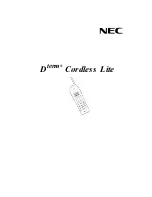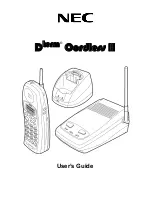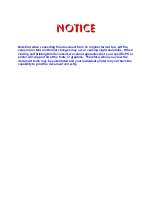
FF7: Applications
Section 400-Programming
Page 7-14
●
DBS 576 (USA) issued 05/20/98
576-13-400
FF1
System
FF2
Trunks
FF3
Extensions
FF4
FF-/Soft Keys
FF5
Groups
FF6
TRS/ARS
0
System
Configuration
FF7
Applications
FF8
Maintenance
Introduction
Appendix A
Appendix B
FF1
System
FF2
Trunks
FF3
Extensions
FF4
FF-/Soft Keys
FF5
Groups
FF6
TRS/ARS
0
System
Configuration
FF7
Applications
FF8
Maintenance
Introduction
Appendix A
Appendix B
Notes:
The API Port Number should be the phantom extension number. It cannot be the existing extension
number.
For example, when you select Card Type 80 (2 API ports) in Free Slot Assignment, you can only enter
API Port No.1 or No. 2 in this address.
Related Programming:
Free Slot Assignment (pg. 0-5) 01 (1-6) (01-12) Hold (1-99) Hold
Notes:
Tenant Groups can be used for controlling MCO access and SSD block assignment.
Related Programming:
FF1 3: MCO Access in Tenant Groups (pg. 1-163)
FF1 0 15, 16, and 17: SSD Blocks (pg. 1-99)
API Port Extension Numbers
(all CPCs) - Version 1.0 or higher
Assign the extension number that can be dialed to reach the API port.
FF7 2 (BSS) 01 (01-08) 00 Hold (Ext.No.) Hold
Extension No. (1 to 4 digits)
default: [no assignment]
(max. 8 channels)
API Port No.
BSS: API Card Position
B=Cabinet no. 1-6
SS=Slot No. where API port
is located (01-11)
$
/$ &-,
API Port Tenant Group Assignment
(all CPCs) - Version 1.0 or higher
Assign each API port to a Tenant Group, for the outgoing function.
FF7 2 (BSS) 01 (01-08) 01 Hold (1-72) Hold
Tenant Group No. 1-72
default: 1
(max. 8 channels)
API Port No.
BSS: API Card Position
B=Cabinet no. 1-6
SS=Slot No. where API port
is located (01-11)
$
/$ % 1!-6
















































